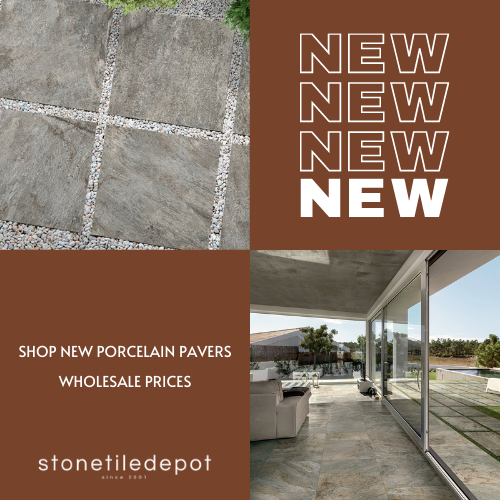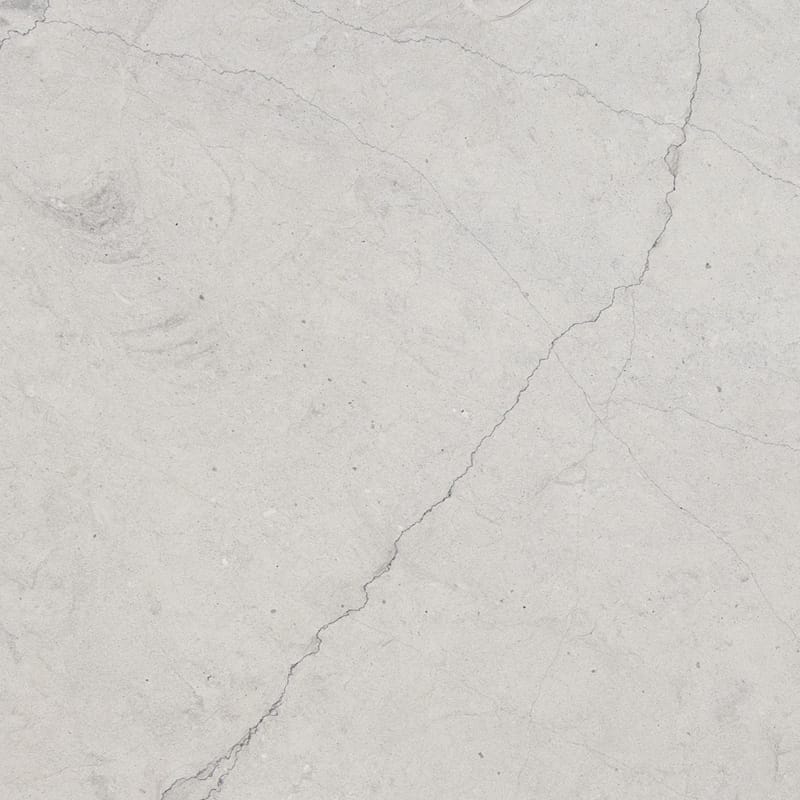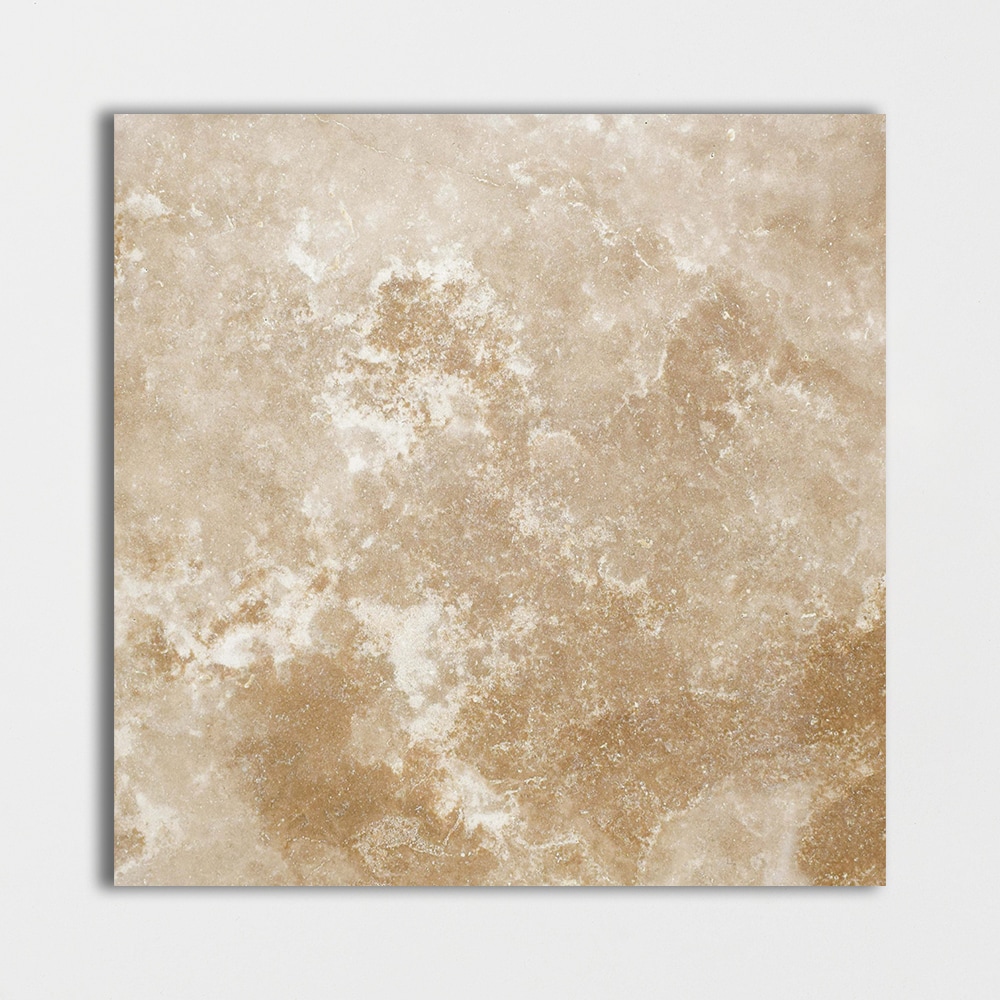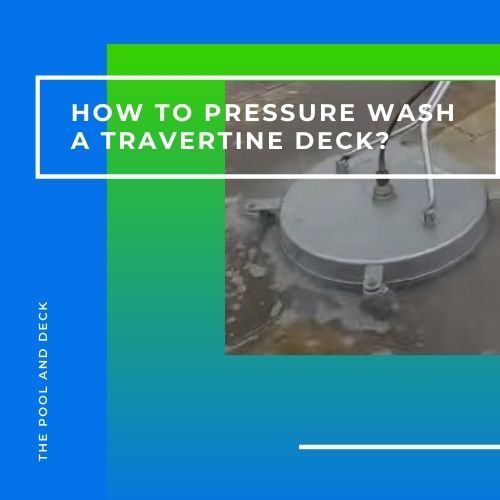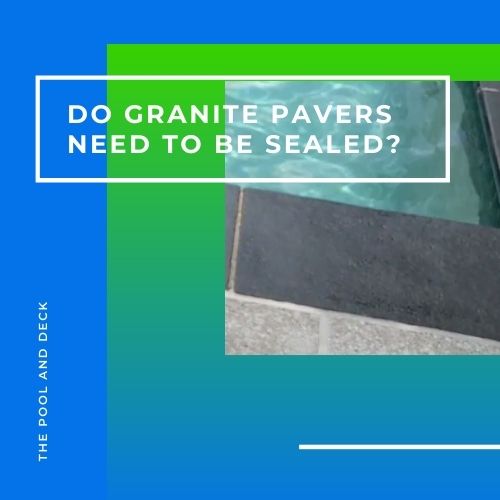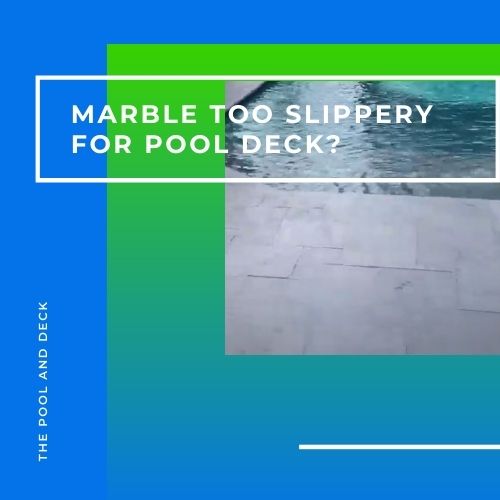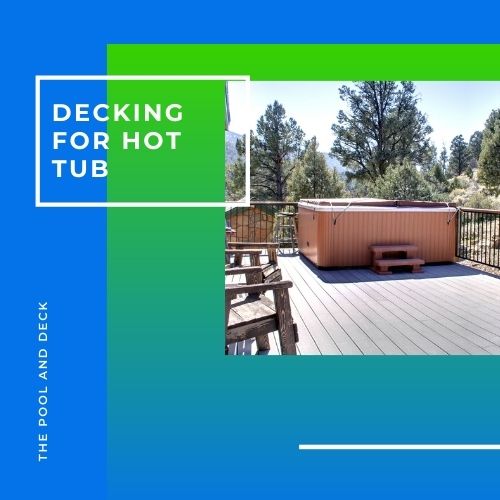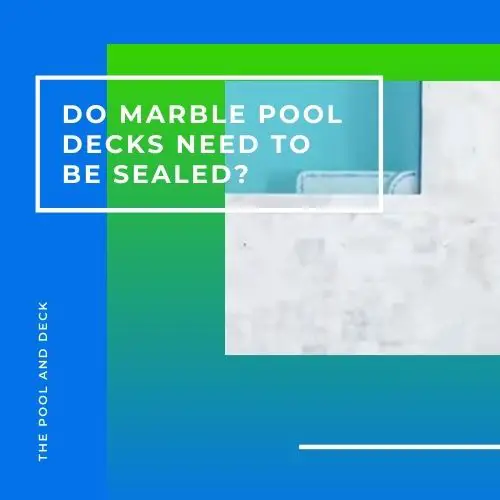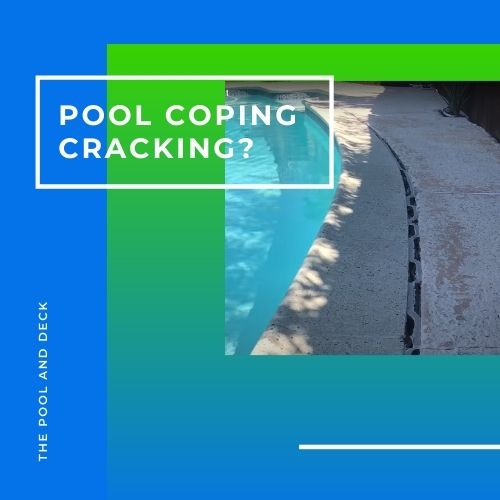Limestone Pool Decking: 13 Super Useful Things You Need To Know!
thepoolanddeck.com is a participant in the Amazon Services LLC Associates Program, an affiliate advertising program designed to provide a means for sites to earn advertising fees by advertising and linking to Amazon.com . The website is also an affiliate of a few other brands. The affiliate links never increase your purchase price. We do appreciate your support. Thank you very much!
Table of Contents
Is Limestone Good for Pool Decking?
Your dream of having an inviting blue pool with a stunning pool deck is on the drawing board. Naturally you are very excited about the project. But it is stressful too! There are so many decisions to be made. For example, you must select the material for the pool deck. You are inclined towards limestone, but is limestone good for pool decking?
Limestone pavers are a good choice as pool decking because they
- Are not slippery, even when wet
- Do not get too hot in the sun
- Will not stain if sealed correctly
- Can withstand wear & tear
- Require low maintenance
- Have a natural weathered look
- Will be within your budget
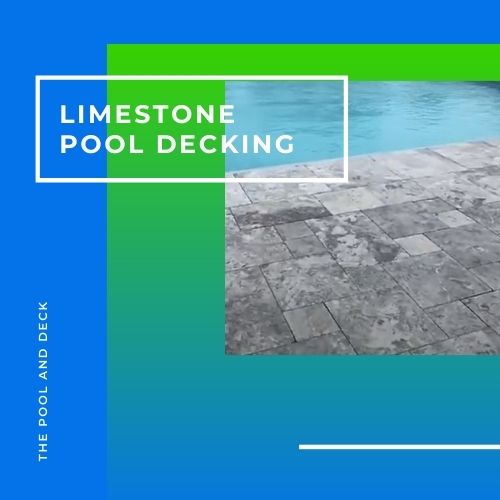
Limestone is of course not the only pool decking option available to you. Three groups of materials are generally used for pool decking.
- Concrete or Concrete Pavers: Concrete can be poured on site and given different types of finishes such as honed, brushed stamped etc. Alternatively, precast concrete pavers could also be used.
- Natural Stone Pavers: A wide variety of natural stone pavers can be used as pool decking. Some of the popular ones are limestone, travertine, slate, granite and marble.
- Wood or Wood Composites: Real wood such as redwood, teak, cedar, etc. are often used. Wood composites that imitate the wood look are easier to maintain and more affordable.
The decision on the material that you will use for pool decking is not an easy one. There are a ton of choices and properties to consider.
Your pool builder can be a helpful guide, but their opinion may be biased. You need to have your own independent, unbiased source of information.
This “Guide for Beginners” on limestone pool decking is based on facts, not opinions and is completely unbiased. I am not affiliated to any limestone paver manufacturer, dealer or contractor.
So let me start off with the very basics.
What Is Limestone and How Is It Formed?
Limestone is a natural stone that is obtained from quarries. Geologists classify rocks into three types depending on how they were formed in the earth’s crust
- Sedimentary rocks such as limestone, sandstone and travertine
- Metamorphic rocks such as marble, slate and quartzite
- Igneous rocks such as granite and basalt
Sedimentary rocks are rich in calcite (calcium carbonate). Limestone was formed when the shells of marine organisms deposited on the ocean floor and got compressed by layers above. Of course all this happened eons ago, even before human life began.
Limestone has been used for building and paving since ancient times.
(The Great Pyramids are made from limestone! Closer home and in more recent times, The Pentagon, The Lincoln Memorial and the Empire State Building have used limestone, extensively)
The color of limestone is an important reason it is a sought after paver for pool decking. Limestone is available in natural earthy shades of white and gray, which complements the blue pool water beautifully. A bit like the sandy beach on the shores of a blue ocean!
Once the limestone has been quarried, it is cut and finished into pavers or tiles to be used as flooring or decking. The quality, texture, porosity etc.of limestone can vary substantially from lot to lot depending on the source and the finishing process.
How Thick Are Limestone Pavers?
Limestone, or for that matter any natural stone, is cut and finished as dimensional stone either as tiles or pavers. Tiles are used as wall cladding or indoor flooring. The thickness can be ⅜”, ½” or ⅝”. Bigger tiles tend to be thicker.
Limestone pavers for pool decking are 1 ¼” to 1 ½” thick.
They come in various sizes. It is also possible to buy them in assorted sizes to form a specific pattern. The French pattern is quite popular for limestone pool decking.
Limestone pavers for pool coping are 2” to 2 ¼” thick.
How Do You Install Limestone Pavers?
Limestone pavers can be installed on grade to create the pool decking. You can not go wrong, if you follow these steps.
STEP 1: Mark the Layout
Translate the deck layout that you have in your mind to the ground reality. Drive stakes at the corners and connect them with string to mark the layout. Use a measuring tape to measure each side.
It is best to put the layout on paper or in appropriate computer software, if you are tech savvy. This sets you up for the next step.
STEP 2: Material Requirement Estimation
Once the area of the deck is known, you know the number of pavers that you require. This of course assumes that you are using a simple rectangular or square pattern.
For a more complicated but modular pattern, you should buy pre-arranged sets. A carton or pallet has a fixed area coverage, even though it contains pavers in different sizes.
Always buy 10% more than the exact calculation to accommodate losses due to cutting, breakage and wastage.
STEP 3: Dig the Soil
Dig out the soil in the marked area on the ground. You need to keep the following in mind when digging:
- The depth of the hole should be equal to the sum total thickness of the gravel base (4” to 6”), sand layer (1”) and the paver (1 ¼” to 1 ½”).
- The hole should have an incline away from the house and the pool. The incline should be 2% (1” for every 4’ length).
- The hole should be around 8” larger on each side to have space for the deck containment or edge restraint
- The ground should be well compacted after the hole has been dug.
STEP 4: Prepare the Base
Prepare the base by putting layers of coarse gravel, crushed stone or recycled concrete for providing the strength to the base. Use a mix of sizes and stones with dense angular edges. The bigger stones should form the bottom layer.
The layers must be compacted at each stage for a strong and solid base. Build up around 4″ of this base. Then add another couple of inches of smaller gravel and compact it. This will help in drainage.
Cover the base with geothermal fabric.
STEP 5: Deck Containment
Make sure that you have deck containment or edge restraint all around the pool deck. Without this the pavers can move and get dislodged.
The deck containment can be made of precast concrete, metal or wood. Obviously, they must be properly secured to the ground so that they do not move.
STEP 6: Sand Layer
Before the pavers go on, a final layer of fine sand should be placed to cover the gravel. The sand layer should be around 1” thick. This will be the bed on which the pavers will rest.
STEP 7: Laying the Pavers
Lay the pavers in the design that you have in mind. Start from one edge or corner and move gradually. Use a spacer between the pavers to ensure the joints are uniform.
In case of a rectangular or square grid, ensure that the joints of one row of pavers are half a paver away from the joints in the adjoining row.
Keep checking and adjusting the level of the pavers frequently to ensure you are laying the pavers correctly.
STEP 8: Filling the Joints
Once the entire deck has been laid out, it is time to fill up the joints between the pavers with sand. Use polymeric sand and not just any ordinary sand.
The sealer that you later apply will bond better with polymeric sand. Polymeric sand eliminates risk of weed growth and ant infestation.
STEP 9: Sealing the Pool Decking
The final step and possibly the most important is applying an impregnating sealer. The sealer will increase the durability of the limestone pool decking and it will maintain its looks for long.
This guide will cover the sealing of limestone in more detail in another section.
Is Limestone Slippery Around Pools?
How slippery a limestone tile or paver is, depends on two main factors.
- Texture of the limestone
- Porosity of the limestone
Every solid surface has a profile. The profile, when seen under a microscope, will appear as mountains and valleys. A highly polished surface, such as a mirror, will have very low mountains and very shallow valleys.
A surface with a rough or textured profile, provides grip or traction. A polished smooth surface, on the other hand, will provide lower grip or traction and will be slippery.
A surface will also become slippery if there is a film of water, oil or slime on it. This phenomenon is known as “hydroplaning”. Ice skaters take advantage of this for gliding on a skating rink.
The porosity of limestone helps in making it non-slip, but is detrimental to the longevity of the stone. Porosity will also increase the risk of permanent stains from spills and growth of microbes.
Limestone pool decking must be sealed using impregnating sealers. This topic is covered in more detail, further down in this guide.
How To Make Limestone Pavers Less Slippery?
A polished finish is desirable for interior floors. But for outdoor applications, such as pool decks, you can choose from a range of limestone tile or paver finishes that are less slippery.
Limestone pavers are available in a range of textures that not only makes the limestone less slippery but also imparts an aesthetically pleasing, aged & weathered look. Some popular finishes are:
- Bush-Hammered
- Sandblasted + Brushed
- Sandblasted
- Brushed
- Tumbled
- Flamed
Does Limestone Get Hot?
How hot a paver gets, when exposed to sunlight, depends on the “Specific Heat Capacity” of the material.
The specific heat capacity is defined as the quantity of heat (J) absorbed per unit mass (kg) of the material when its temperature increases 1 K (or 1 °C), and its units are J/(kg K) or J/(kg °C).
ScienceDirect
The specific heat capacity is intrinsic to the material. It depends on both the chemical composition and physical structure of the material.
A pool decking material with higher specific heat capacity will get less hot as compared to the one that has a lower specific heat capacity.
The Specific Heat Capacity of Limestone (0.91) is midway between Concrete (0.75) and Travertine (1.09).
DID YOU KNOW? The reason the pool does not become too hot for swimming, even in summer, is because water has a very high specific heat capacity (4.18).
Does Limestone Stain Easily?
The texture and porosity of limestone is important to make it non-slip. But both these properties are double edged swords. Limestone will get stained and dirty quite easily.
Dirt, microbes, algae, moss, etc. can attach easily to the hills and valleys of the textured surface of a limestone paver. And it is not that easy to dislodge them either.
Liquid spills of red wine, orange juice or BBQ sauce get absorbed by the porous limestone surface, just as readily as water. The stains can become permanent as they penetrate deep into the pores.
The solution to both problems is to seal the limestone pool decking.
I will cover this topic in some detail in the next section.
Should Limestone Pavers Be Sealed?
Limestone is a fairly porous natural stone. It is more porous than marble and granite but less than travertine. As explained above, the porosity of limestone is very helpful in making it slip resistant.
But, overall, porosity is not a good thing. Limestone pool decking must be sealed.
Limestone pavers that are not sealed will not be able to retain their initial beauty for long. Much of the damage caused will be permanent and can not be reversed.
Unsealed limestone pavers will
- Get dirty & stained easily
- Fade & lose color very fast
- Be worse for wear & tear
- Corrode & degrade early
Dirt & Stains
Limestone pavers used around pools are both textured & porous. But texture & porosity of limestone pavers is a double edged sword.
Texture traps more dirt & grime than a polished surface. Spills of red wine, orange juice or BBQ sauce penetrate easily and deep into the porous limestone resulting in permanent stains.
Fading & Discoloration
If the limestone pavers are not sealed, the bright earth colors will fade rapidly under the harsh UV radiation of the sun. The deck will look washed out and bleached.
Scratching & Chipping
Limestone pavers are hard & tough but not as hard & tough as granite pavers. Movement of deck furniture and pool equipment could result in scratching & chipping.
Corrosion & Degradation
Limestone is mostly made of calcite. The chemical name of calcite is calcium carbonate. Even mild acids will react with calcium carbonate and break it down.
Mild acids are present around the pool in abundance. Chlorine used to sanitize pools forms hypochlorous acid, which kills pathogens in the pool. Acid rain is also a source of dilute sulfuric or nitric acid.
What Do You Seal Limestone With?
There are three types of sealers that can be used on limestone pavers.
Enhancing Stone Sealers:
Enhancing Stone Sealers penetrate and bring out the natural vibrant colors locked within limestone. Enhancing sealers also protect limestone pavers from staining and acid discoloration.
Recommended Product: Black Diamond Color Enhancer Sealer
Impregnating Stone Sealers:
Impregnating Stone Sealers penetrate into the pores of the limestone paver, solidify and block them. The natural texture & appearance remains unchanged. Water, stains or harmful chemicals can not enter the pores.
Recommended Product: Miracle Sealants 511QT6 511 Impregnator Sealer.
Topical Stone Sealers:
Topical Stone Sealers penetrate a bit, but mostly form a glossy or egg-shell, protective film on the limestone surface.
Recommended Product: Foundation Armor AR350 Solvent Based Acrylic Wet Look Concrete Sealer.
Always add a non-slip additive to the topical sealer.
Recommended Product: H&C SharkGrip.
Is Limestone Paving Durable?
Limestone is reasonably durable and compares well with other stones such as travertine and sandstone from the sedimentary rock group. However, do keep in mind that the properties of natural stones can differ significantly depending on the source.
The durability of limestone is compromised by its porosity. The more porous a limestone, the more likely it will get stained easily and get corroded by chemicals, especially acids in the pool or rainwater.
Sealing the limestone is therefore essential to extending the beauty and longevity of limestone pool decking. Use an impregnating sealer after laying the pool deck. Reseal every one to three years.
It is time to reseal if the water drops on the limestone surface are getting absorbed and are no longer beading.
How Do You Clean Outdoor Limestone?
To clean and maintain your limestone pool decking (or any natural stone decking, for that matter):
- Sweep the deck with a broom or a soft bristled brush to remove dirt, dry leaves or other debris
- Wet clean the floor with a mop or microfiber cloth dipped in soap water. Do not use a citric based cleaner as it is acidic and will damage limestone. You may use specially designed stone cleaners such as Black Diamond Stoneworks Limestone and Travertine Floor Cleaner.
- Clean spills as soon as possible, before they get a chance to penetrate the limestone. For old stains use Miracle Sealants POULTPLUS3 Poultice Plus Cleaners.
- Pressure wash limestone pavers with care, if you must. Use the garden hose or buckets of water. Keep it gentle.
- Dry the surface with towels or a leaf blower.
Above all, ensure that the limestone surface is well sealed with a quality impregnating sealer.
What Is the Average Cost of Limestone?
The cost for a pool deck using natural stone pavers depends on the quality of the paver. Expect to pay between $10 to $15 per square feet.
As an example, consider Thala Gray Honed Limestone Tile 12×12 from Stone Tile Depot. Just the material cost will be over $12,000 for a 1,000 square feet limestone pool deck
Compared to limestone, travertine pavers are cheaper. For example, Chiaro Polished Filled Travertine Tile 12×12 from Stone Tile Depot will cost you less than $6,000 for a 1,000 square feet travertine pool deck.
Limestone can be 50% – 100% more expensive than travertine.
Thank you very much for reading the post. I do hope you found it informative and helpful.

